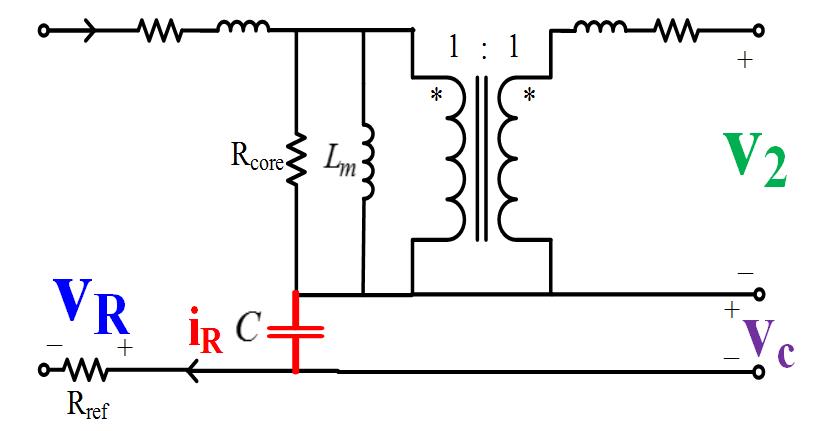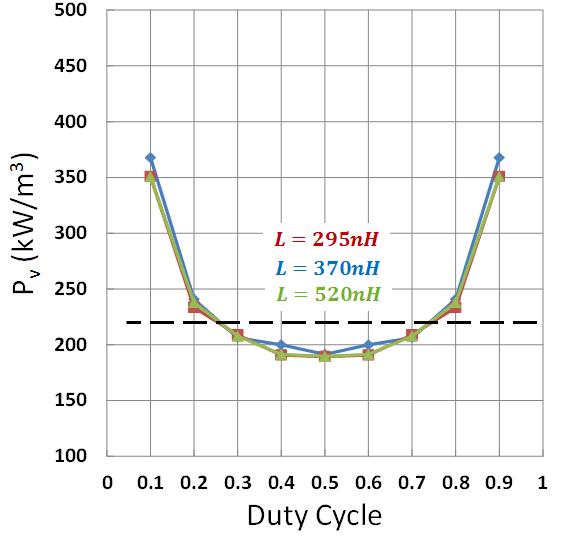LIBRARY
Characterization and Comparison of 1.2 kV SiC Power Semiconductor Devices

To overcome this drawback, a new measurement method with partial cancellation concept is proposed. The equivalent circuit is shown in Fig. 1. The capacitive cancellation version can be used for sinusoidal excitation only, and the inductive cancellation version can be used for arbitrary excitation. Taking the inductive cancellation version as an example, the core loss can be calculated by

where k is named as cancellation factor, which represents the percentage of cancelled reactive voltage to the total reactive voltage, and can be found by adding a phase perturbation into vR with the de-skew function of oscilloscope.
The core loss of iron powder material -52 from Micrometals, Inc. is measured at 0.5MHz, 10mT peak flux density under rectangular excitation with different duty cycle. The measurement result is shown in Fig. 2. It can be seen that using the proposed method, the accurate result can be acquired with different cancellation inductance value L.
In summary, the proposed method enables an accurate measurement at high frequency without the fine-tuning of the cancellation component value, and is applicable to arbitrary wave excitation.























































































